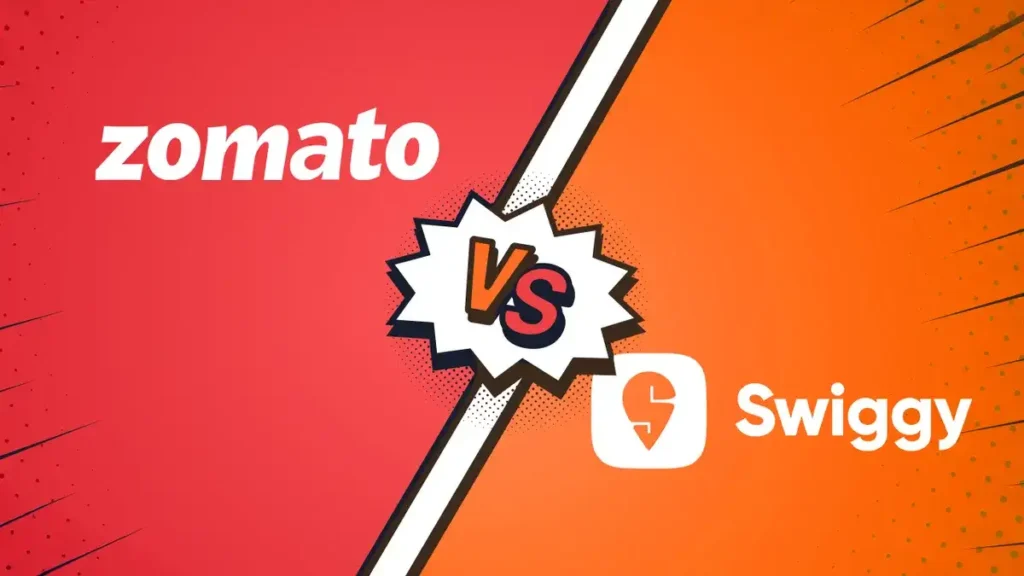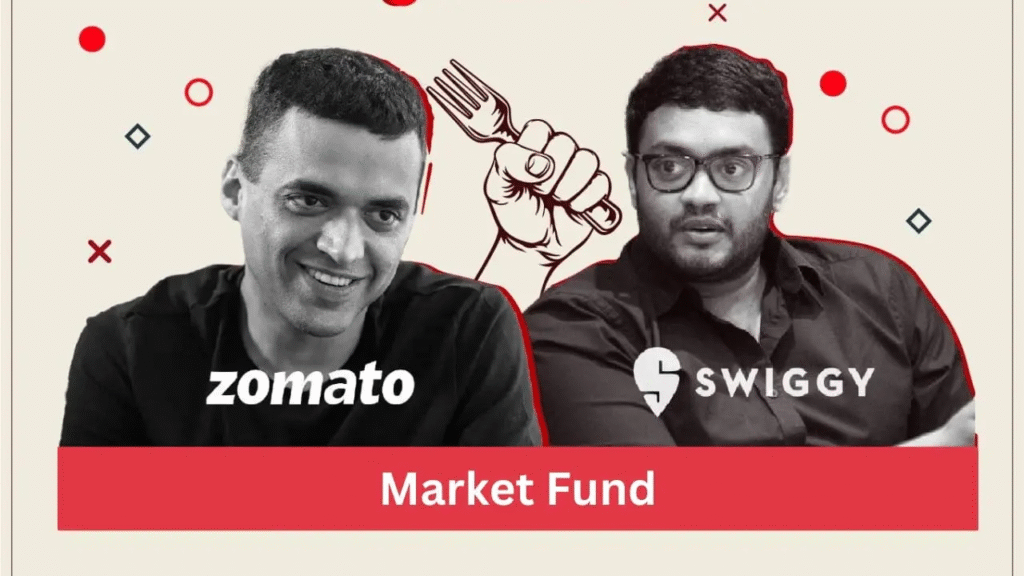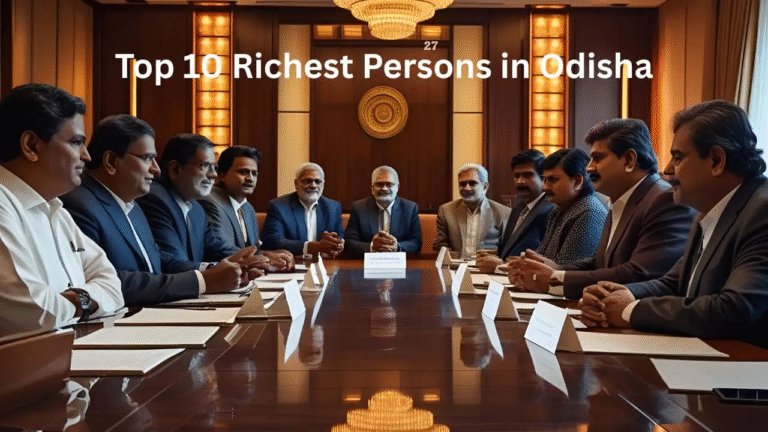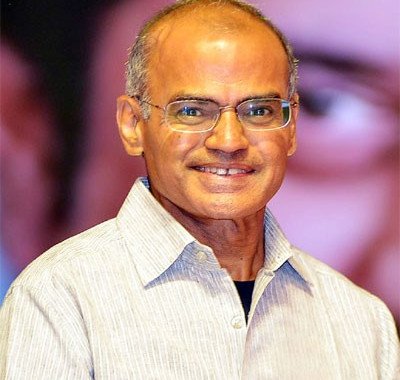
1. Market Share & User Base Disparity
Zomato has around 55–58 % market share in India with \~20 million monthly transacting users (MTUs), whereas Swiggy holds 42–45 % with \~14 million MTUs. On paper, Zomato appears to be in an advantageous position—but….

Also read: Top 10 Richest Cricketers in India Till 2025
2. Premium Order Value Tilt Toward Swiggy
Even with a lower number of users, Swiggy users pay more—with an average GOV per user that is 6 % higher compared to Zomato’s This indicates higher loyalty or willingness to pay for speed and reliability.
3. Ultra‑Fast Delivery: Bolt vs Blinkit
Swiggy’s Bolt offering guarantees 10‑minute food delivery, launched in 500+ cities, adding over 10 % of orders. Zomato also piloted a similar initiative (“Quick”) but discontinued it after four months because of mixed experience.
4. Quick Commerce War: Instamart vs Blinkit
In grocery/essentials, Zomato’s Blinkit dominates with ~40 % share and 1,000+ dark stores; Swiggy’s Instamart is next with ~26 % share and ~700 stores. Q1 FY26 numbers reveal Blinkit’s net order value has now surpassed Zomato’s core food delivery business for the first time.
5. Profitability Secrets & Burn Differences
Zomato registered a Q2 FY25 net profit of ₹176 cr, and adjusted EBITDA was also positive, while Swiggy had a net loss of ₹626 cr and adjusted EBITDA loss of ₹341 cr. Blinkit remains close to break‑even (\~–0.1 % EBITDA), while Instamart continues to lose \~–11 %–18 %.
6. Cash Wars & IPO War Chest
Swiggy went for its IPO in November 2024 and has approximately ₹9,070 cr in cash, whereas Eternal (Zomato + Blinkit) has more than ₹19,300 cr after QIP. Zomato has a stronger balance sheet that allows for measured growth whereas Swiggy continues to aim for aggressive scaling.
7. Strategic Branding: Super Brand vs Super App
Zomato has a “Super Brand” approach—separate apps for Blinkit, Zomato core, District (dining & events), Hyperpure—are insulated and cross‑served. Swiggy clusters services in one combined app (food, Insta, Genie, Launches such as Scenes), showing cohesion while enhancing app complexity.
8. Hidden Surcharges & Billing Tricks
A hidden industry practice revealed by consumers: Swiggy auto‑adds a tip without explicit permission, necessitating careful deselection in the bill splitting, quoted in user grievances. Zomato is said to provide similar activities, though Swiggy’s UX buries it more.
9. Regulatory Shadow: Antitrust Risks
Both platforms are subject to an ongoing Competition Commission of India investigation in connection with suspicions of predatory discounting in quick‑commerce, launched by groups of distributors alleging platforms undercut small retailers. Persistent earlier CCI examination contributes ongoing risk to their business models.
10. Logistics Tech & Forecasting Edge
Internally, both are dependent on AI/ML for forecasting as well as optimization—but recent studies indicate Swiggy leads in supply chain forecasting accuracy, with an R‑squared ~0.90 in demand forecasts (compared to Zomato ~0.88), cutting wastage through dynamic inventory and reducing the bullwhip effect.

Summary Table
| Secret Area | Zomato (Eternal) | Swiggy |
|---|---|---|
| Market Share & MTUs | ~55–58 %, 20 M users | ~42–45 %, 14 M users |
| GOV per User | Lower | Higher (6 % advantage) |
| Ultra‑Fast Food Delivery | Pilot shut down | Bolt live in 500+ cities |
| Quick Commerce Reach | Blinkit strong | Instamart trailing |
| Profitability (Q2 FY25) | Profit ~₹176 cr | Net loss ~₹626 cr |
| EBITDA Margins | Near break‑even | Still deep negative |
| Cash Reserves | ~₹19,300 cr | ~₹9,070 cr |
| App Strategy | Super Brand, siloed | Unified Super App + new services |
| UX Billing Practices | Some hidden tips reported | Auto‑add tip complaint highlights |
| Regulatory Risk | Under ongoing antitrust investigation | Same vulnerability |
| Demand Forecast Technology | Marginally lower precision | Minimal advantage in inventory efficacy |
Less Obvious Lessons from These Secrets
- Scale vs efficiency: Zomato leads on scale, breadth, and early profitability; Swiggy is going all-in on logistics and velocity.
- Financial runway is important: Zomato’s more robust funding allows it to grow sustainably, whereas Swiggy is pushing hard to close the gap.
- UX is important: Sneaky billing strategies can undermine trust; transparent UX can be a strong differentiator.
- Vision beyond numbers: Forecasts and supply chain optimizations insight too often isn’t shared publicly—though it determines, behind the scenes, who gets the quicker, more streamlined backend.
In conclusion, although Zomato (Eternal) maintains dominance in market share, scale, and near-term profitability, Swiggy is carving out a strategic edge through ultra-fast delivery, advanced logistics tech, and strong per-user value. The up-and-coming quick-commerce battles and regulatory headwinds will continue to shape their destinies in 2025 and beyond.
Also read: https://everythingbollywood.in/bina-ramani-biography-age-height-career-net-worth-in-2025/






